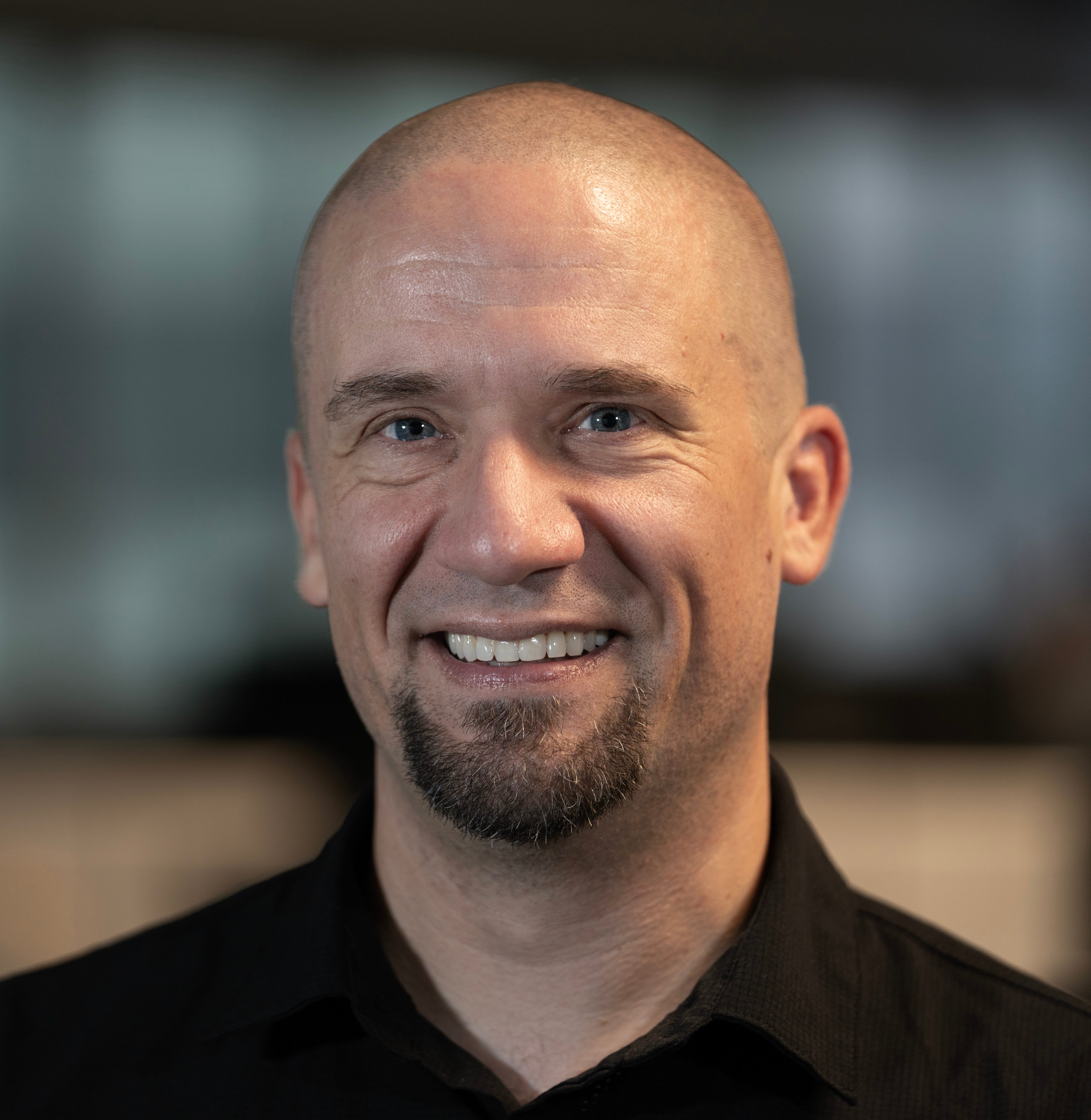New Packers assistant Jerry Gray can improve technique, 'add impact' to secondary
 Jim Owczarski
Jim OwczarskiGREEN BAY - Few things in football happen in a vacuum. There's a reason there are systems and schemes — the individual plays a part but he’s a thread in a rope.
Schematically in 2019, Green Bay Packers defensive coordinator Mike Pettine adjusted as the year wore on to cut down on the explosive pass plays that were gashing his group.
The broad term was to “simplify.” Within that, opponents saw outside linebacker Za’Darius Smith roam the line of scrimmage to create unpredictable pressure, which allowed more coverage and a reduction in blitzes. In the secondary, there was an emphasis on improved communication.
But there was an even smaller, technical item tucked into it all that never quite got fixed. Perhaps it couldn’t. And perhaps it's what led to the hiring of Jerry Gray as defensive backs coach.
“I think their secondary is not the strength, obviously,” said one NFL offensive coach who game-planned for the Packers in 2019. “It’s probably why (Pettine’s) saying that; that’s why they played dime more on bigger personnel groups like 12 personnel with two tights on the field. There’s a lot of dime. I think they’re saying our guys can handle the run well enough, let’s just make sure we don’t give up anything to one of these receiving tight ends.”

The coach said his team put in packages specifically to target the deep areas of the field.
While the Packers did cut down on explosive pass plays as the season wore on, they gave up 94 that covered at least 15 yards.
Even interested third parties noticed the Packers' issues in the secondary. They said Gray, who has either been coaching the secondary or coordinating defenses since 1999, will provide a fix.
“If you look at their front seven they can get after the quarterback, so they were pretty good there, pretty stout up front,” said Jordan Babineaux, a nine-year safety in Seattle and Tennessee who is now part of the Seahawks’ radio network. “Certainly where they were lacking was on the back end, so Jerry will be the kind of coach I think to come in and immediately add impact to that secondary.”
Fred Smoot, a nine-year corner in Minnesota and Washington, broke it down more specifically.
On Jaire Alexander: “Jaire, because he’s so athletic, because he’s always in the right spot, sometimes his eyes are his worst enemy. That’s what Jerry’s going to correct with Jaire Alexander."
On Kevin King: “He’s going to make sure he stays low to the ground, rarely pops up and keeps his body in the right spot. Because if his body is in the right spot, he eliminates the fade route because he's almost 6-3. He’s going to take away post routes. He’s going to really work on him when it comes to sideline comebacks and when it comes to slant routes.”
Smoot played for Gray in Washington, and Babineaux played for him in Seattle and Tennessee. They raved about his teaching.
“He’s known for filling in the blanks,” said Smoot, who finished with 21 career interceptions. “Every time you get a cornerback in this league, it’s always going to be ‘he does this well, does this well, but..’ He’s going to find out whatever that ‘but’ is and he’s going to work on that. He’s never going to work on the things you already do great. He’s going to try to complete the pizza, if you know what I mean.”
And Gray’s former players say he will connect with everyone in the secondary room, regardless of experience level or past success. Safety George Iloka, who played for Gray in Minnesota in 2018, recalled their first encounter:
“I’m year seven, right? I feel like I’ve really never had issues in terms of pass coverage and things like that, my ‘technique,’ but even my first day there he was like, ‘Aw no, we can do this with your back-pedal turn. It’s like, man, it’s year seven. But his approach. That was one thing, his approach and how he coaches you; it breeds an environment of constant learning.
“But really, too, it’s still on the player to accept and allow that to breathe. At the end of the day you don’t have to listen. You can be stuck in your ways. But he knows his stuff. That’s what they’re gonna get.”
Gray’s former players acknowledge the edge he brings to the practice field and the game-day sideline, but they know it’s rooted in a deep knowledge of the opposing offense and his teaching of technique. On the one hand he may be shouting at the corner nearest to him which route concepts are coming, but if the secondary is on its heels he’ll be the voice of calm. He may use athletic tape to take away peripheral looks on a player’s helmet in practice if he isn’t practicing with “good eyes,” but Iloka said Gray will break down an offense like no coach he’s had other than Hue Jackson, who was an assistant secondary coach in Cincinnati in 2012.
Besides making four Pro Bowls and intercepting 28 passes as a player, Gray has coached eight corners and safeties who made their first Pro Bowl or All-Pro under him. He also has coached nearly two dozen defensive backs who have reached those honors, at corner or safety.
“He’s a student of the game,” Babineaux said. “I can tell you firsthand the guy knows his stuff. He studies the game, knows the game and understands the game of football better than any defensive backs coach that I’ve had."